When we return to the moon’s surface, astronauts won’t be walking, they’ll be using vehicles — however, because of the rising moon dust, they’ll also need roads. During a European Space Agency (ESA) project, researchers attempted to produce surfaces suitable for road traffic by melting simulated moon dust using a powerful laser.
Civilization goes hand in hand with road networks, and this is especially true on the Moon, where we deal with large amounts of dust. The surface of the Moon is covered with very fine, uneven sticky dust. During the Apollo era, dust clogged equipment and corroded spacesuits.
When Apollo 17’s bulkhead fell, the spacecraft was so covered in dust that it nearly overheated. The astronauts recycled the lunar maps they had to solve the problem. The Soviet Union’s lunar module Longhod-2 was also destroyed by overheating when dust covered its cooler.
The Surveyor 3 lunar lander was also covered in dust when the Apollo 12 lunar shuttle landed 180 meters away from it. NASA models show that when landers touch the lunar surface, engine tracks kick up tons of dust that can stick to the surface of the lander and cover the area around the landing site.
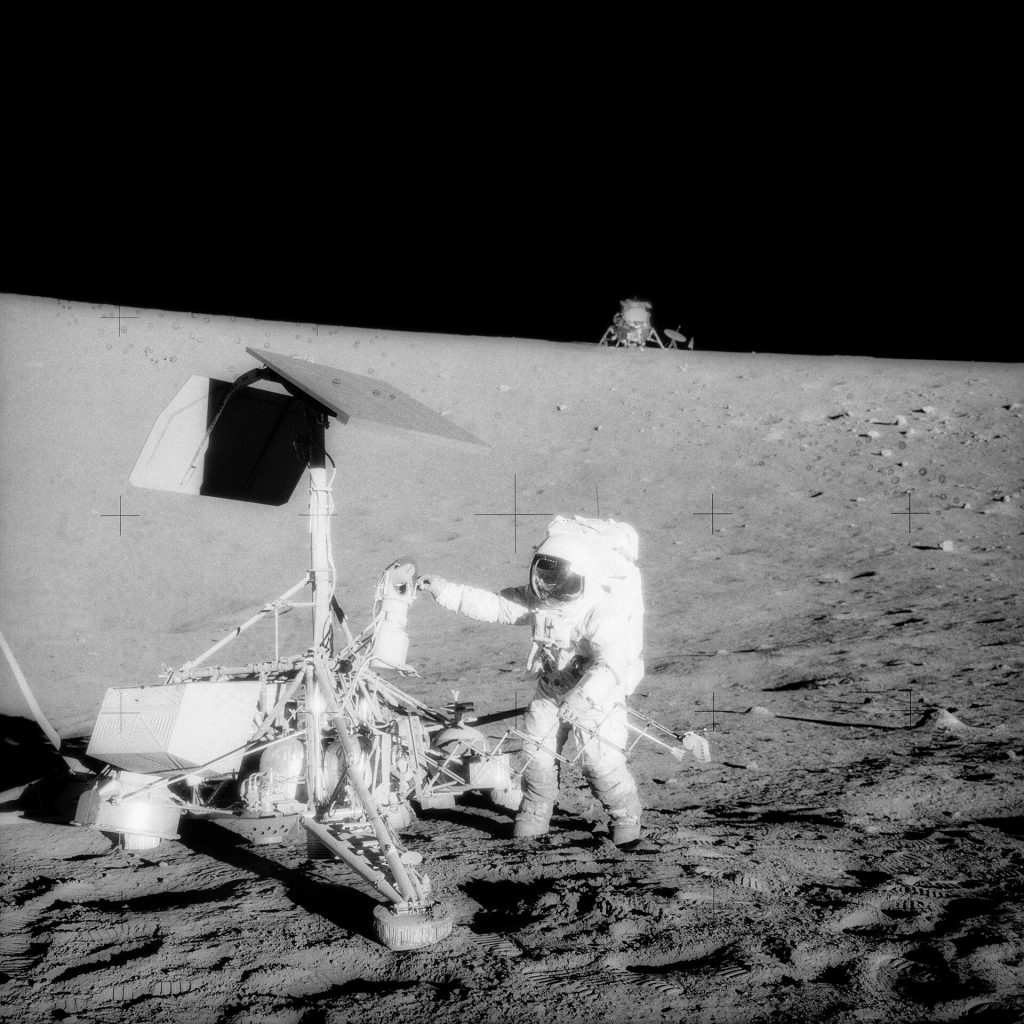
The most obvious solution is to keep dust away from sites of lunar activity, such as roads and landing sites. The idea of constructing roads by melting sand first appeared in 1933.
ESA’s PAVER (Paving the Way for Large Area Regolith Sintering) project investigated the feasibility of this option in lunar road construction. German and Austrian partner institutions participated in the project. The research team used a 12-kilowatt carbon dioxide laser to melt simulated moon dust into a solid, glass-like surface.
As Advinit Makaya, a materials engineer at ESA, explains, the project is actually based on an idea dating back to 1933: “We’re not actually going to take a carbon dioxide laser to the moon. This laser acts as a light source in our experiments: it replaces sunlight, Which can be collected using a Fresnel lens a few meters in diameter to achieve similar melting on the lunar surface.
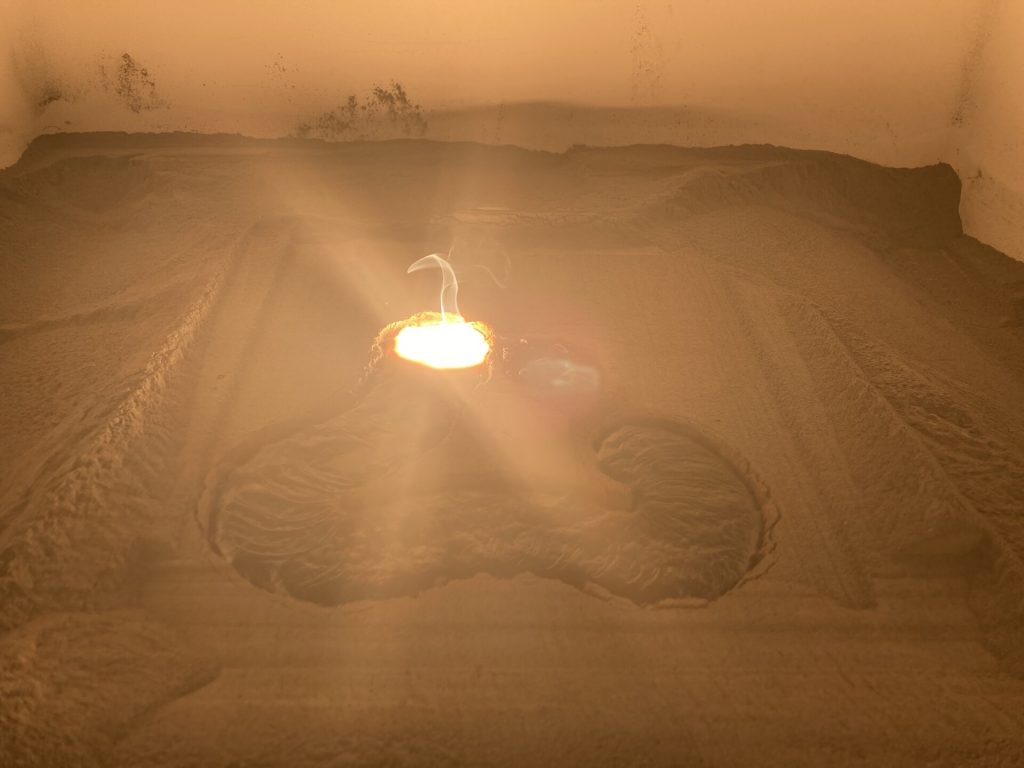
“In previous on-site resource use projects, including the construction of concentrated solar bricks, we have worked with relatively small melting points ranging from a few millimeters to several centimeters in diameter. To build roads or landing sites over a large area in a practical period of time, we need a larger concentrated area Much.
Researchers at Clausthal University of Technology were able to achieve a diameter of between 5 and 10 centimetres.
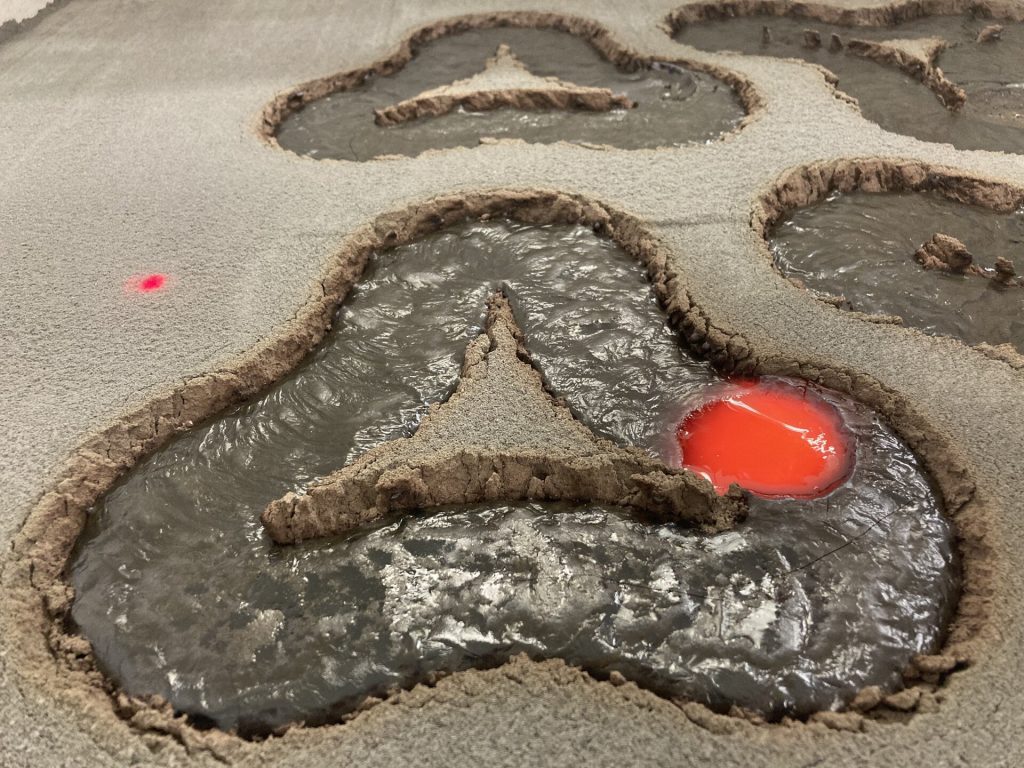
The researchers developed a strategy to use a 4.5 cm diameter laser beam to produce triangular geometric shapes with a hollow center about 20 cm in diameter. When stacked side by side, they can create solid surfaces over large areas of the moon’s surface that could serve as roads or landing sites.
“It turns out that it is easier to work with regolith on a larger surface, because heating a millimeter-sized area results in molten globules that have difficulty fusing due to surface tension. The larger laser beam forms a stable layer in the molten regolith, which is easier to work with.” – Advinit Makaya added .
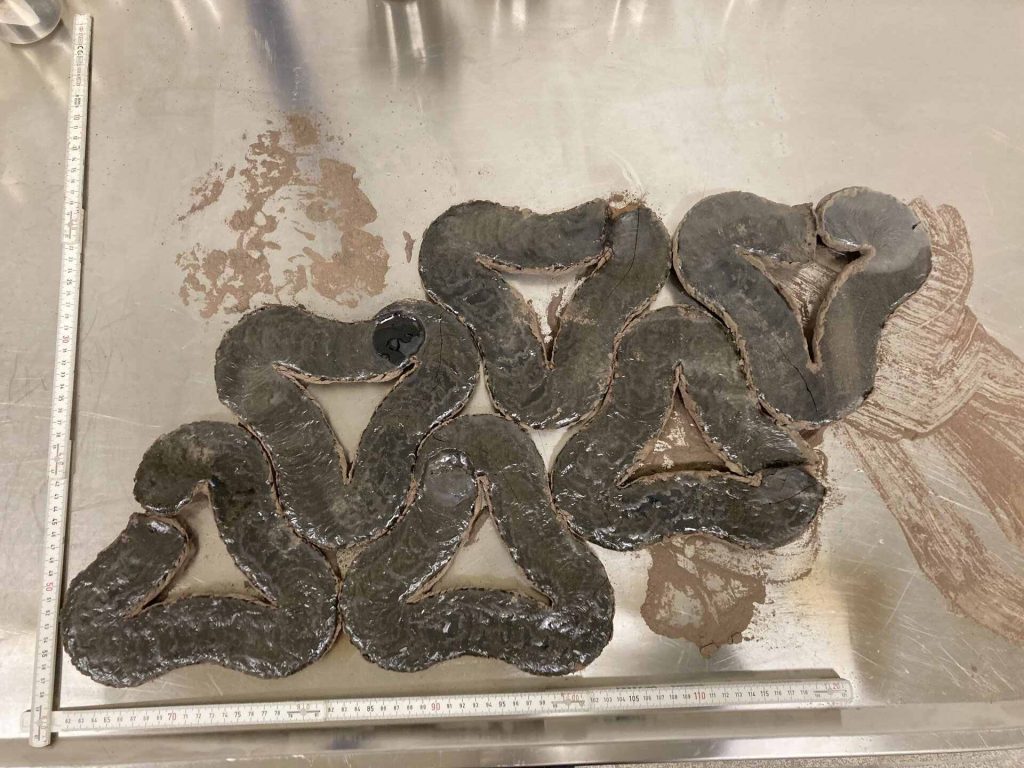
“The end result is a glass material that is fragile, but will primarily be exposed to downward pressure. Even if it breaks, we can continue to use it and repair it if necessary. – Tell.
According to the researchers, reheating cooled pavement can lead to cracks, which is why they turned to forms with minimal overlap. The thickness of one molten layer is approximately 1.8 cm. The roads built from it may consist of several layers, depending on the loads to which it will be exposed.
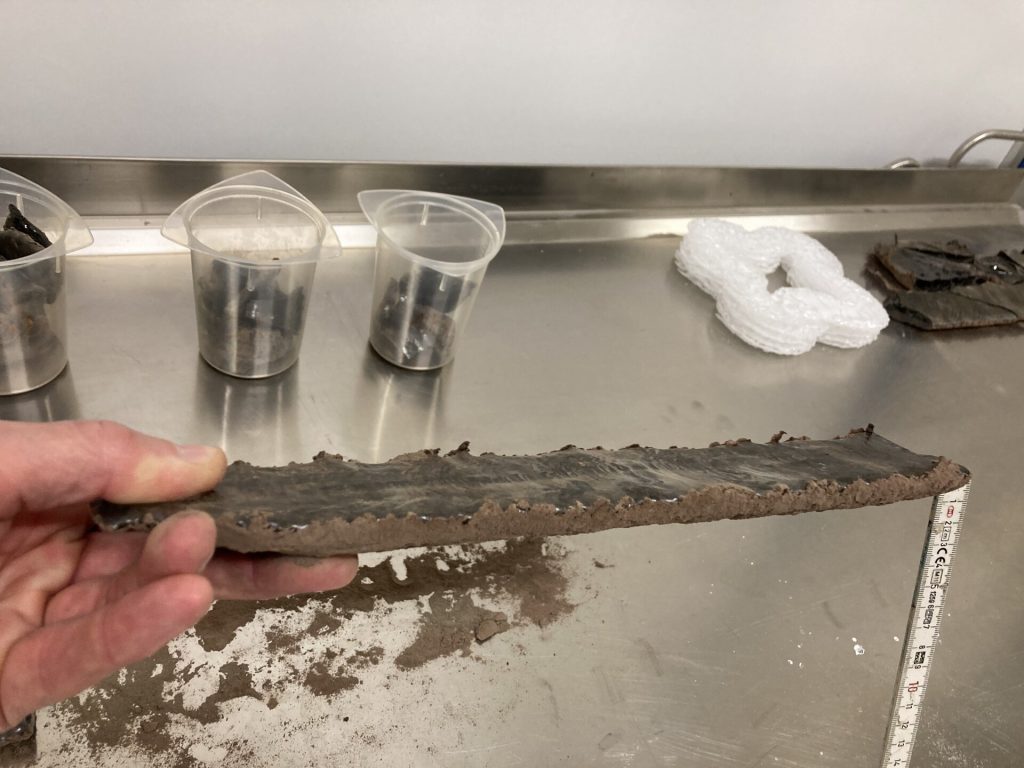
“Melting with a large melting depth, resulting in massive structures, can only be achieved using large laser spots.” – explains Jens Gunster (BAM). The researchers estimate that it would take 115 days to create a 100 square meter landing site from 2 cm thick material.
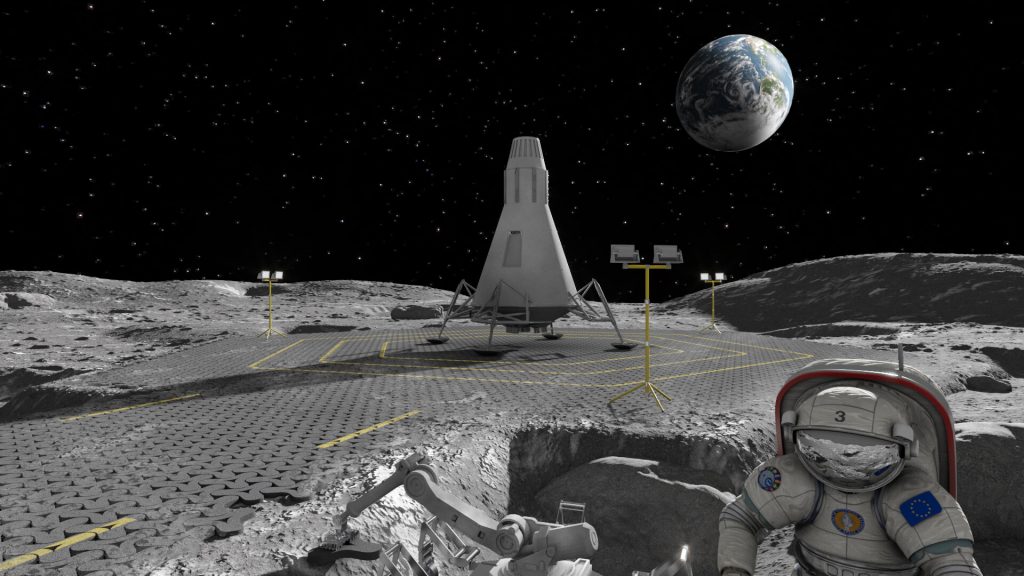
source: And the
comment












































